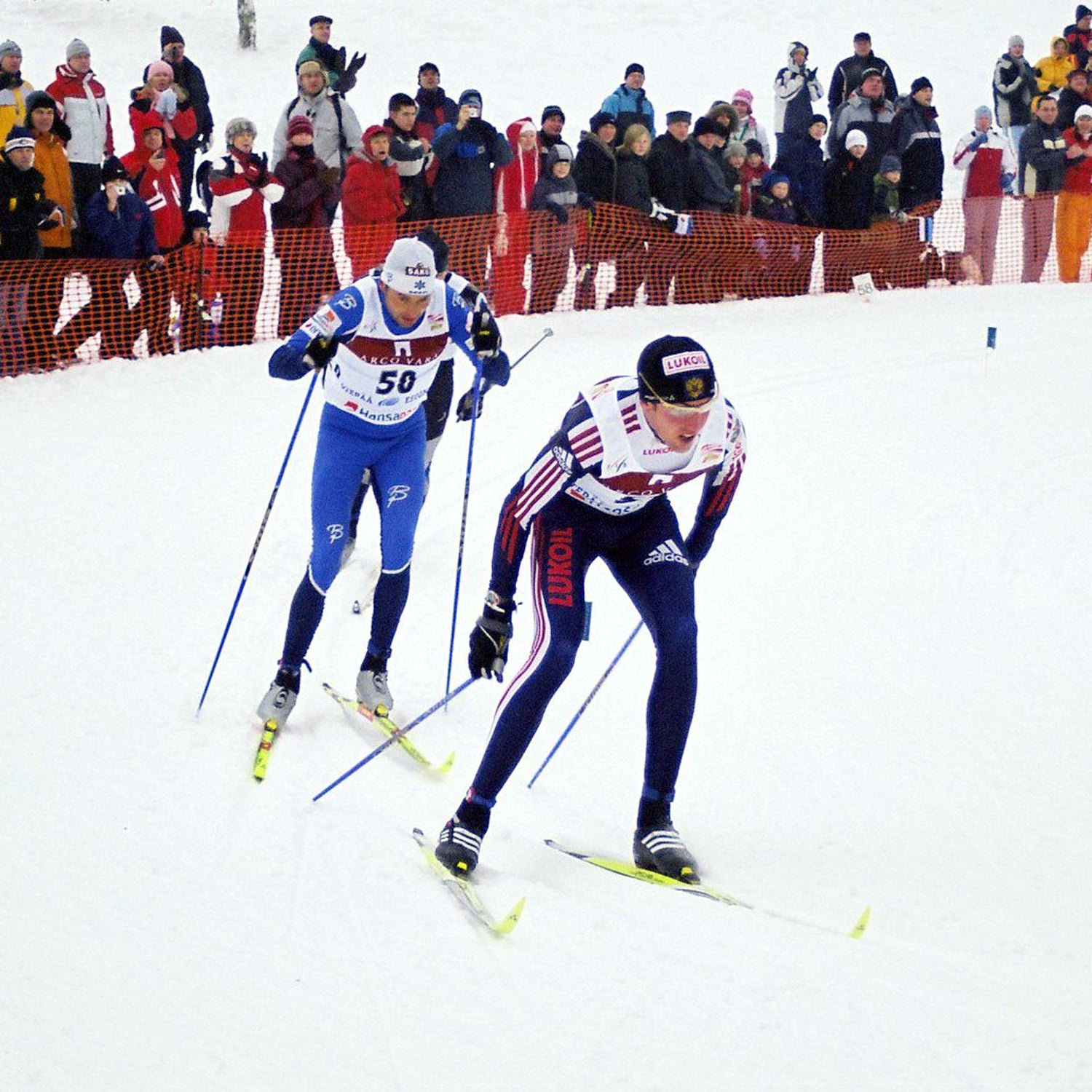In an article about to be published in (volume 27, number 3), the journal of the American Statistical Association, two expert biostatisticians launch a remarkable assault on the World Anti-Doping Agency (WADA), accusing it of practicing slapdash, medieval-style science that tramples the rights of athletes, and accusing the world’s politicians, who fund WADA, of being “clueless.”
Given the cutting title “Statisticians Introduce Science to International Doping Agency,” Krista Fischer, a biostatistician with the Estonian Genome Center at the University of Tartu, and Donald Berry, one of the world’s leading biostatisticians from the University of Texas M.D. Anderson Cancer Center, frame their attack around the case of Andrus Veerpalu,
WADA has been struggling for over a decade to devise a reliable HGH doping test Over the years the agency has even lied to reporters and the public by insisting a validated (meaning tested and approved for use in accusing athletes of doping) test was being used— for example—when, in fact, the first validated HGH testing guidelines were not published by WADA until 2010.
The test used to accuse Veerpalu relied on what’s called a “decision limit,” a statistical model of what constitutes high levels of HGH, a naturally occurring hormone in the body, based on detection of various possible isoforms, or types of HGH. As Berry and Fischer point out in their article, the body produces pulses of HGH throughout the day and in response to events, like rigorous exercise, so levels vary wildly. The WADA test uses a numerical model comparing various isoforms of HGH and their relation to each other as a way to detect whether or not an athlete has used a form that’s actually a man-made “exogenous”—taken from the outside—drug. “If this is correct,” they write, “then the administration of exogenous hGH can be detected from an elevated ratio of the relevant hGH isoforms.”
That may sound easy enough, but creating a justifiable decision limit requires complex statistical modeling based on rigorous scientific experiments with large numbers of people serving as test subjects, the kind of experiments used in medicine and the kind Berry and Fischer say were never done. What’s more, they argue, the validation data supporting the HGH decision limits have not been examined “by an independent panel of experts with no conflicts of interest or for whom there may be a perception of conflict.”
Both he and Fischer argue fiercely that “doping tests should not be used in practice until they have been shown to be scientifically valid, and that has not yet occurred in hGH testing. At minimum, doping tests should have to meet the scientific standards for medical diagnostics,” which they do not.
“Actually,” they continue, “standards in doping testing should be higher. Most diagnostics have follow‐up tests and procedures…. In doping, the final decision hangs on the test result alone—at least given the current attitude toward doping testing.”
All tests, doping or medical, have a rate of false positives and false negatives, and as WADA has come to rely more and more on what’s called a Biological Passport, which tracks various parameters in an athlete’s blood to infer doping rather than detecting it directly, the complexities have been multiplied many fold. WADA would like athletes and the public to believe its science is foolproof, but it’s far from it.
This was exactly what the NFL Players Association argued when it came under pressure from NFL owners, WADA, the United States Anti-Doping Agency (USADA), and even members of Congress, to adopt WADA’s HGH test.
Veerpalu fought the doping charges, taking the case all the way to the Swiss-based Court of Arbitration for Sport (CAS). With Berry and Fischer acting as expert witnesses on Veerpalu’s behalf, the arbitration panel found for Veerpalu in 2013, saying the WADA test was “unreliable.” As Fischer and Berry point out, despite being exonerated, Veerpalu emerged irrevocably tarnished, with many, including WADA, insisting he got off an a technicality. To Berry and Fischer, this exemplifies why tests must be as scientifically rigorous as possible, to avoid unfairly leaving an athlete’s reputation in ruins.
Berry believes the CAS decision, as rare as it was since CAS almost never overturns a doping case, was hardly surprising. He’s been a critic of anti-doping agencies for years, accusing them of trying to do science on the cheap, and in secret, at the expense of athletes.
“WADA does not understand or appreciate the scientific method,” Berry told me via email. WADA, he points out, answers to nobody but itself. CAS, made up of lawyers working as arbitrators, many of whom are connected to the sports industry,
Though governments fund WADA——politicians know very little about the nuts and bolts of dope testing and enforcement. They just want to be seen cracking down on doping. As a result, WADA, which is also accumulating law enforcement powers, can act virtually unchallenged.
“They live in the dark ages, on an island unto themselves,” Berry said. “Governments are at fault, letting them cloister apart from post-1500 science.”
WADA science has come under attack from others, and when it has, the agency usually hunkers down and ignores the arrows. When Berry first started raising some of these issues, he expected USADA or WADA to contact him for a conversation, and perhaps constructive criticism, the way scientists do. He’s never heard from either.
“I suspect that talking to me would mean that they give me some credibility,” he said.
Berry gets no reward or praise for his criticism; he’s most known for pioneering work in the cancer field. But he feels strongly that WADA is committing an injustice and that politicians are complicit. As he and Fischer write, WADA’s tests “have enormous implications for athletes and sport generally. Doping can have serious implications for the athlete’s health, including early death. On the other hand, many athletes attempt suicide upon being banned from sport, and at least one attempt was successful: 31‐year‐old rugby star Terry Newton.”
Asked for a response to the Berry and Fischer article, WADA, through its media office, stated that “many of the arguments put forward are non-factual and are derived from the initial hearing in last year’s Veerpalu case.”
WADA did not address several other questions raised by the article and asked by �����ԹϺ��� regarding issues of scientific transparency and procedures.
WADA strenuously denied the HGH test was flawed after losing the case, but The new decision limits, it told �����ԹϺ���, were reviewed by two biostatistician teams independent of WADA and “are extremely similar to the original ones and would have not changed the scientific conclusions in the Veerpalu case.” This time, it said, it got it right.
is a writer and author based in California. A frequent contributor to NBCNews and �����ԹϺ��� magazine, his work has appeared in The New York Times, The New York Times magazine, Wired, Esquire, The Los Angeles Times magazine, and many others. His most recent book is , written with neuroscientist Larry Young. Follow him on Twitter at


